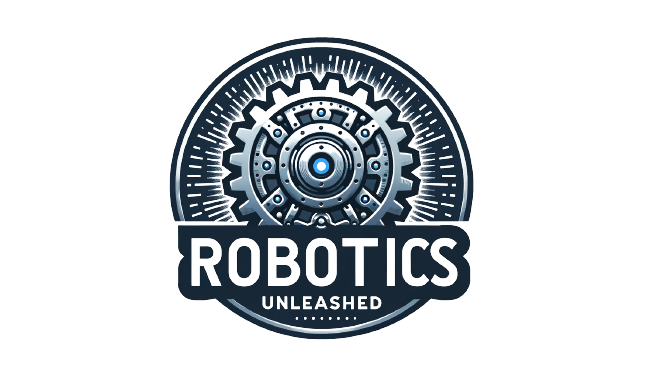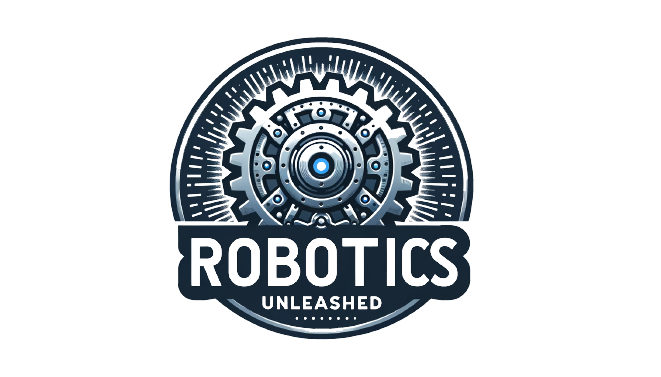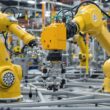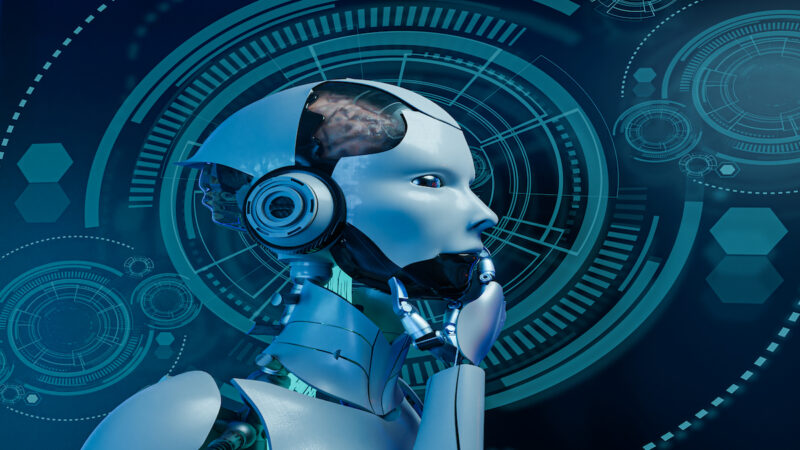In recent years, the field of robotics has witnessed remarkable advancements through the incorporation of machine learning. Machine learning robotics refers to the use of artificial intelligence (AI) algorithms that enable robots to acquire knowledge, improve performance, and adapt to new situations through experience. This article provides an overview of machine learning robotics, its applications, challenges, and future trends.
Definition and explanation of machine learning robotics
Machine learning robotics combines the principles of robotics and machine learning to create intelligent robots that can learn and make decisions without explicit programming. These robots come equipped with sensors and actuators that allow them to interact with their environment, collect data, learn from it, and make informed decisions to perform tasks efficiently.
Importance and applications of machine learning robotics
Machine learning robotics has immense importance across various industries and domains. By integrating machine learning algorithms into robots, we can achieve enhanced efficiency, flexibility, and adaptability. It enables robots to autonomously learn from data and improve their performance over time, resulting in a revolution in tasks that were previously considered challenging for conventional robots.
The applications of machine learning robotics are diverse and include autonomous vehicles and self-driving cars, industrial automation and manufacturing, healthcare and medical robotics, and space exploration. In each of these areas, machine learning brings significant advancements and opens doors to exciting possibilities.
How Machine Learning Works in Robotics
To understand how machine learning works in robotics, it is essential to explore the underlying algorithms and the training processes involved.
Overview of machine learning algorithms used in robotics
Machine learning algorithms in robotics can be broadly categorized into two types: supervised learning and reinforcement learning. Supervised learning involves training a robot using labeled data, where the desired output for each input is known. Reinforcement learning, on the other hand, involves training a robot to interact with the environment and learn through trial and error based on feedback received for its actions.
Training and data gathering process for machine learning robots
Machine learning robots require vast amounts of data for training. They gather data by utilizing sensors such as cameras, LIDAR, and microphones, which provide information about their surroundings. This data is then used to train the machine learning algorithms, allowing the robots to understand and interpret the environment, make intelligent decisions, and perform tasks efficiently.

Applications of Machine Learning Robotics
Machine learning robotics finds application in a wide range of fields, revolutionizing various industries.
Autonomous vehicles and self-driving cars
One of the most prominent applications of machine learning robotics is in the development of autonomous vehicles and self-driving cars. Machine learning algorithms enable these vehicles to perceive the environment, make decisions, and navigate safely without human intervention. By learning from vast amounts of data collected from sensors and cameras, autonomous vehicles can recognize objects, predict behavior, and respond accordingly, ensuring safer and more efficient transportation.
Industrial automation and manufacturing
In the field of industrial automation, machine learning robotics plays a vital role in optimizing and streamlining manufacturing processes. Robots equipped with machine learning algorithms can learn from data collected during production, identify patterns, and make intelligent decisions to improve efficiency, reduce errors, and enhance productivity. They can perform complex tasks with speed and accuracy, leading to cost savings and increased output in manufacturing industries.
Healthcare and medical robotics
Machine learning robotics has significant applications in the healthcare sector, ranging from surgical robots to rehabilitation devices. Surgical robots, for instance, can assist surgeons by providing precise and steady movements, reducing the risk of human error. Machine learning algorithms analyze data collected during surgeries, identify optimal techniques, and enable robots to perform with increased accuracy. Additionally, medical robots designed for diagnostics, monitoring, and patient care leverage machine learning to analyze patient data, detect anomalies, and provide personalized treatment plans.
Space exploration and robotics
The advancements in machine learning robotics have also facilitated significant progress in space exploration. Robots equipped with machine learning algorithms can be sent to remote locations or space missions, where they can adapt to unpredictable environments and perform tasks with precision. These robots can autonomously navigate challenging terrains, collect scientific data, and make critical decisions in real-time, assisting scientists in their exploration endeavors.
Challenges and Limitations of Machine Learning in Robotics
While machine learning robotics offers immense potential, there are also notable challenges and limitations to consider.
Ethical considerations and safety concerns
As robots become more intelligent and capable, ethical considerations and safety concerns come into play. For instance, autonomous vehicles should be programmed to prioritize human safety and make ethical decisions in critical situations. Moreover, ensuring that robots operate within ethical boundaries and adhere to moral values is crucial to avoid unintended consequences or harm.
Limitations of current machine learning algorithms in robotic applications
Although machine learning algorithms have made significant progress, there are certain limitations that need to be addressed. For instance, training data quality plays a vital role in the performance of machine learning robots. Noise or bias in the data can lead to inaccurate decisions or incorrect behavior. Additionally, the interpretability and explainability of machine learning models in robotics remain challenging, making it difficult to understand the reasoning behind certain decisions.

Future Trends and Innovations in Machine Learning Robotics
The future of machine learning robotics is full of exciting possibilities, with ongoing research and development aiming to address current limitations and push the boundaries further.
Advancements in machine learning algorithms for robotic learning
Researchers are continually improving existing machine learning algorithms and developing new ones to enhance the learning capabilities of robots. Techniques such as deep learning and transfer learning are being explored to improve the accuracy and efficiency of machine learning models. These advancements will empower robots to learn from diverse data sources, adapt quickly to new environments, and generalize knowledge to novel situations.
Integration of machine learning with other emerging technologies in robotics
Machine learning will likely be integrated with other emerging technologies, such as computer vision, natural language processing, and sensor fusion, to create more intelligent and capable robots. This integration will enable robots to perceive and interact with their environment more effectively, understand human commands, and provide personalized assistance. The synergy between these technologies will further enhance the capabilities of machine learning robotics and enable breakthrough applications.
Conclusion
Machine learning robotics has emerged as a transformative field, revolutionizing various industries and domains. By leveraging machine learning algorithms, robots can learn, adapt, and make intelligent decisions, leading to enhanced efficiency, precision, and autonomous behavior. The applications of machine learning robotics span from autonomous vehicles and industrial automation to healthcare and space exploration. Challenges such as ethics, safety, and limitations in algorithms are being addressed, and ongoing research promises exciting future trends and innovations. Machine learning robotics is poised to make a profound impact on various industries and society as a whole, shaping a future where intelligent machines work alongside humans to achieve remarkable feats.








